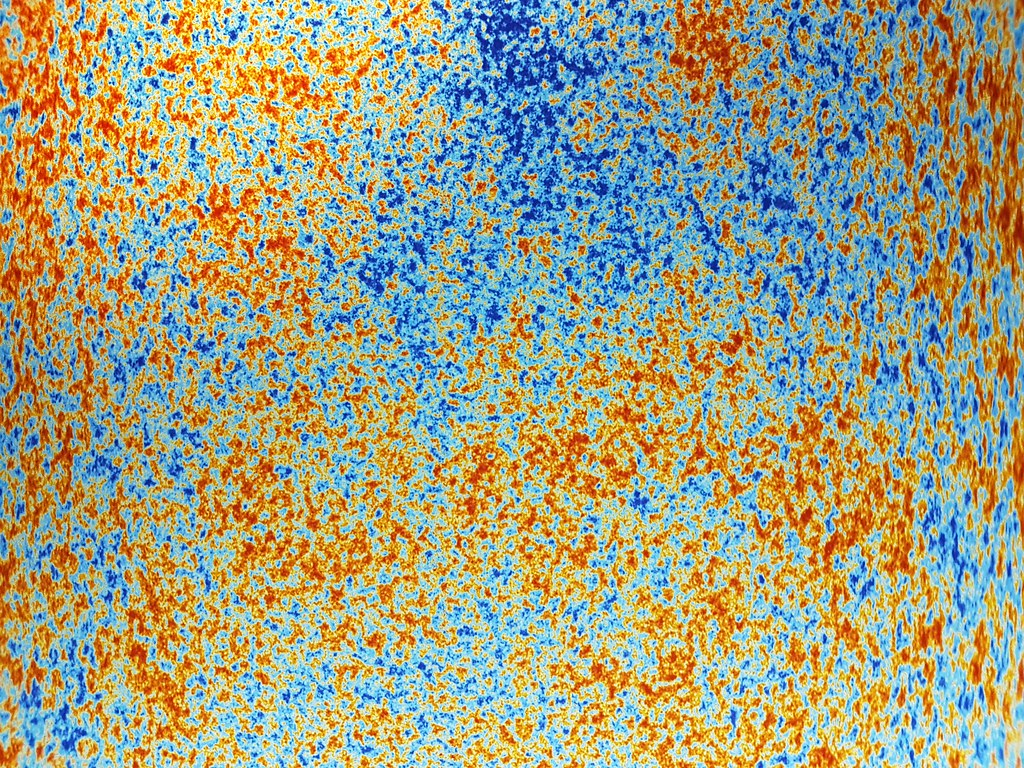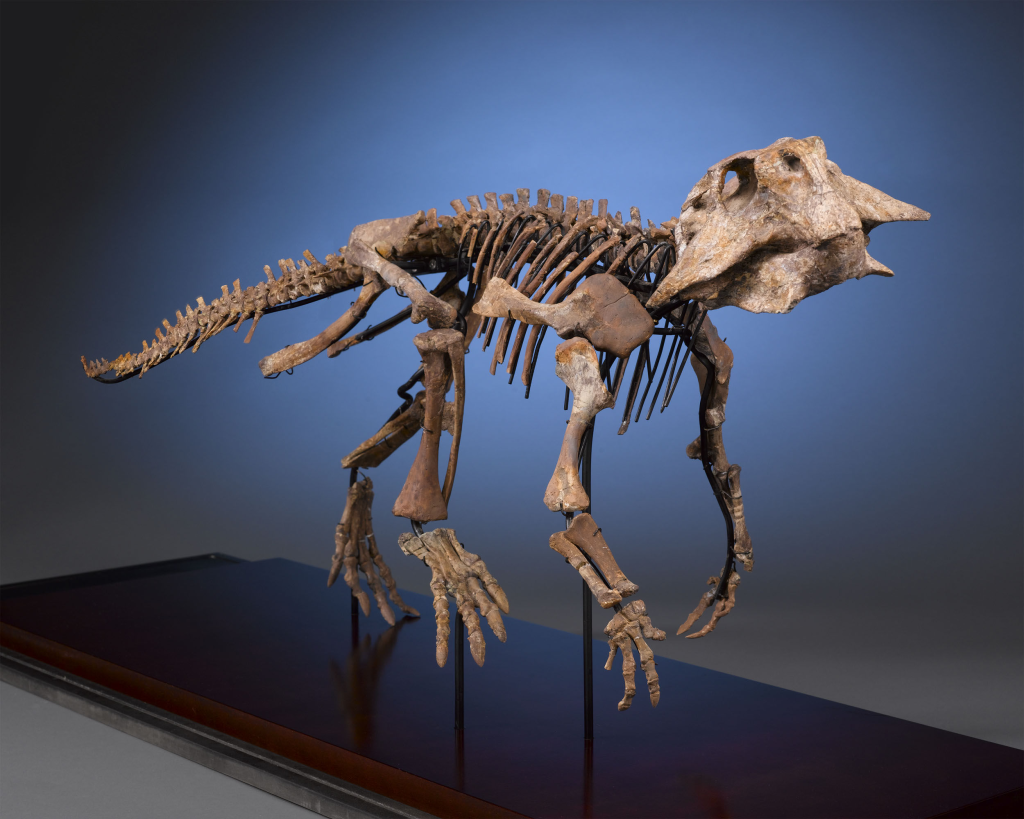
Some concepts become better with age such as good wine. Some age similarly to milk left outside in the sun. For many centuries, some religious claims have held up even after scientific discoveries that have come with proof, telescopes, and laboratory results contradicting them. And yet they persist, woven into cultural identity, spiritual heritage, and significance.

The battle between belief and reality is not always an argument sometimes it’s an unspoken presence, sometimes a dispute. Historians inform us that the so-called “war” between science and religion is more nuanced than the outmoded Conflict Thesis would lead us to expect. But when scientific evidence directly contradicts a fundamental belief, fireworks explode. Get a closer look at seven venerable religious claims that have come under the scientific microscope and what the evidence actually asserts.

1. Age of Earth: Thousands versus Billions
Young Earth creationists propose that the Earth is a couple of thousand years old, and this argument comes from some interpretations of the Bible. Still, radiometric dating, the geological layers, and the fossils speak otherwise Earth about 4.54 billion years old. Australian ancient zircon crystals predate moon rocks, and bristlecone pine tree rings go over 10,000 years. These findings are not figures they are concrete records written on stone and wood, contradicting the short-length chronologies of some religions.

2. Climate as Divine Will
Until recent history, floods, droughts, and storms had been understood to be messages or punishments from the gods. Modern climate science redirects our focus to greenhouse gas emissions, solar variability, and atmospheric circulation. Research shows that climate behaves according to observable physical forces instead of magical tampering. This takes away but neither eradicates nor devalues the cultural or religious meaning individuals discover in weather but instead recontextualizes extreme occurrences as part of a usable system that human beings are able to research, regulate, and, ideally, protect.

3. The Global Flood Narrative
Flood myths beginning with the “Epic of Gilgamesh” and then the story of Noah are some of the human species’ oldest stories. Geology, though, reveals no evidence of a universal flood in the last 10,000 years. What researchers do find in place of this are records of massive regional floods, likely behind these legends. Historians maintain that such popular stories tend to originate from shared disaster, turning individual tragedies into universal moral tales.

4. Six-Day Creation vs. Cosmic Timescales
Literal readings of Genesis recount the universe coming into existence in six days. Cosmology, confirmed by starlight and measurements of cosmic microwave backgrounds, has the universe at about 13.8 billion years old. Light has taken billions of years to reach us from the most distant galaxies, so a youthful cosmos contradicts observed physics. Some theologians accept this conflict by interpreting “days” metaphorically, but others hold to the literal chronology despite the astronomical evidence.

5. Prayer as a Cure-All
Prayer is highly emotionally and spiritually meaningful, but controlled trials demonstrate no consistent healing effect except placebo. Prayer does decrease stress and assist mental health, but medical healing involves biological mechanisms and intervention. Hospitals do have prayer rooms not as medical treatments, but for contemplation, comfort, and support of community.

6. Humans and Dinosaurs Coexisting
Certain religious traditions put humans and dinosaurs in the same time frame. Fossil evidence, however, indicates that there is a gap of 65 million years between the end of dinosaurs and the appearance of anatomically modern humans. This evidence is confirmed by stratigraphy and radiometric dating, with no legitimate evidence of human-dinosaur interactions beyond cultural artwork or myth.

7. The Soul as Separate from the Body
Most faiths teach humans possess an immaterial soul distinct from the body. Neuroscience binds consciousness and self to brain activity, showing that trauma or stimulation can alter personality and perception. Even laboratory procedures have induced out-of-body experiences through focused brain region stimulation. These findings illustrate selfhood to be firmly grounded in biology, though the metaphysical controversy over the soul remains very much alive.

Science doesn’t eliminate the importance that these beliefs hold for millions it merely offers a different view. For some, it makes the faith more acute for others, it recontextualizes or supplants it. What the true narrative is, though, is not one of conflict but rather how human knowledge evolves flip-flopping between tradition, evidence, and the ever-increasing wonder that drives science and spirituality.


